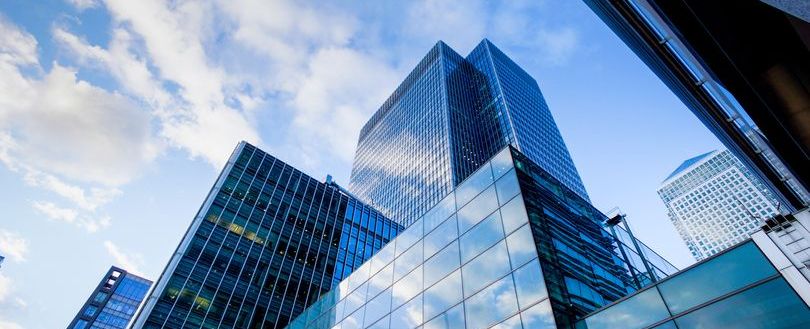
Fire Safety Act enforcement signals “vital change” for duty holders
Like it? Share it!
27 May 2022
The Fire Safety Act was afforded Royal Assent last year and amended the Regulatory Reform (Fire Safety) Order 2005, aiming to make it clearer where responsibility for fire safety lies. The new laws apply to buildings containing more than one home that are taller than 18 metres (or six/seven storeys) in height and will be enforced by local Fire and Rescue Services.
Responding to the outcomes of the Hackitt Review, the Fire Safety Act 2021 introduces new areas of a building that must be included in a fire risk assessment. It’s now mandatory that external wall systems including windows and balconies, individual occupants’ entrance doors and fire doors in any common parts such as staircases are included in any fire risk assessment.
John O’Sullivan MBE, technical director for fire consultancy at Bureau Veritas, explained “The Fire Safety Act is far-reaching, requiring additional measures to be taken by ‘Responsible Persons’, especially those accountable for multiple occupancy residential buildings, and are designed to assist residents and Fire and Rescue Services alike. The Fire Safety Order, which is linked to the recent commencement of the Building Safety Act 2022, will introduce further fire safety provisions, including a direct requirement to ensure that those who are employed to assist in fire risk assessments are competent to do so.”
O’Sullivan continued “This represents a significant step forward in the Government’s ambition to raise building fire safety standards, which is something we at Bureau Veritas strongly support.”
He went on to comment “With the Fire Safety Act passed into law over a year ago, duty holders have had sufficient time to fully comprehend any changes. They must now take stock and review any current fire risk assessment policies as the Fire Safety Act potentially poses new challenges for them with the inclusion of the building structure and external walls.”
This legislation follows on from various actions already taken and focused on strengthening the regulatory system for building safety alongside new sprinkler requirements and the Building Safety Act. The Fire Safety Act also provides a foundation for secondary legislation to take forward recommendations from the report produced subsequent to the Grenfell Tower Public Inquiry Phase One, including lift inspections, the need for reviewing evacuation plans and the provision of fire safety instruction for residents.
O’Sullivan concluded “With these new changes now officially law and risk assessments to be scrutinised by Fire and Rescue Services, the onus for building safety is now firmly placed on the shoulders of duty holders. It may seem like a daunting task to keep on top of the regulations, but it’s an essential one. The good news is that third party compliance specialists are able to conduct thorough fire risk assessments and make recommendations for necessary changes to mitigate the risk and ensure homes remain safe.”
Related training
Related news
Related resources
-
Euralarm-FAQs-re-Environmental-Product-Declarations-EPDs.pdf 1
27 November 2025
-
Fire Risk Assessors Standard Scope of Services
07 August 2025
